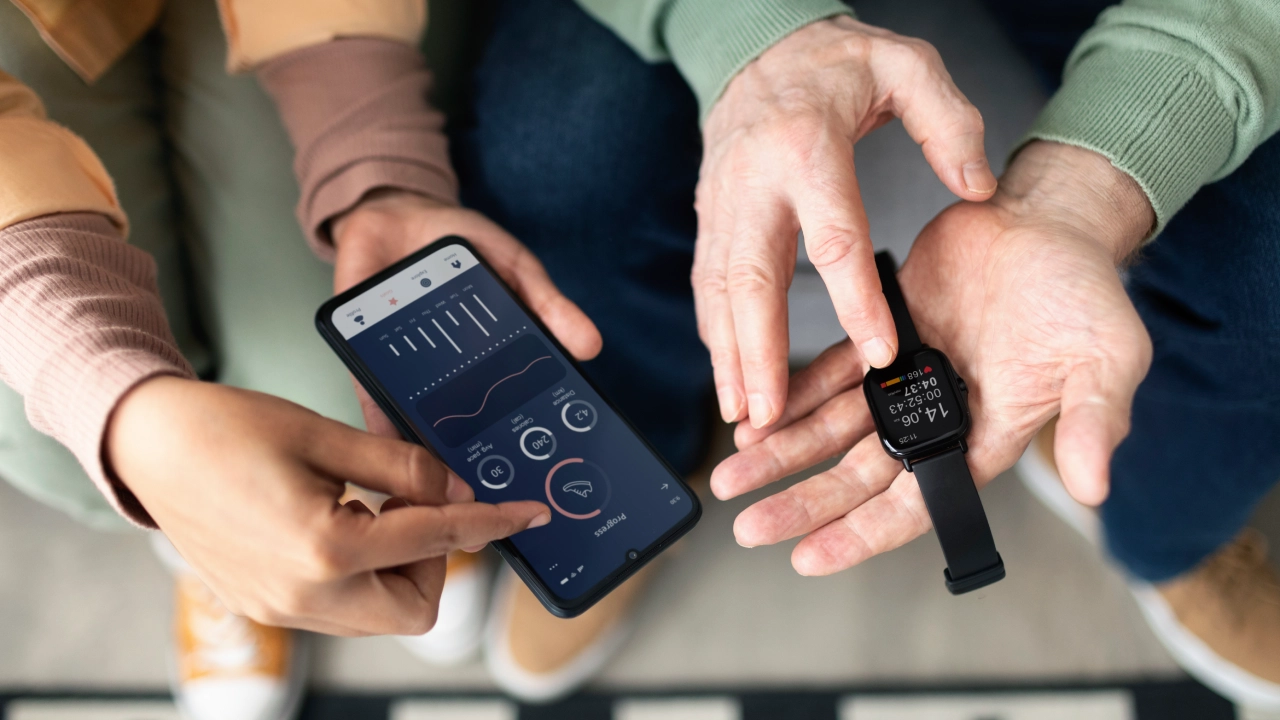By Ananya Sengupta
Copyright techgenyz

Highlights:
Personal safety gadgets like wearable panic buttons and discreet jewelry such as invisaWear provide instant SOS alerts.AI-powered personal safety gadgets, including smart bands and biometric wearables, can predict and detect emergencies.Smart helmets, rings, and glasses as personal safety gadgets feature GPS, lighting, and real-time alerts.Affordable personal safety gadgets for travel include smart alarms, locks, and trackers for protection on the go.
In September 2025, personal safety technology is evolving quickly. Compact, smart devices, including wearables and smart jewelry, are giving users new levels of protection, connectivity, and peace of mind. The following in-depth look examines the essential innovations that are changing personal security today.
Smart Alarms & Wearable Panic Buttons
Personal alarms and smart panic buttons are now more than just loud noisemakers. They are intelligent, discreet guardians meant for real-world emergencies. Modern options include keychain alarms that emit 120 dB sirens to attract attention. They also have built-in lights and GPS tracking, which provide visibility and location services.
Jewelry-based safety devices like invisaWear have hidden SOS buttons that discreetly send location data to emergency contacts. They also offer the option to call 911 while looking like regular accessories.
Safety Wearables with Live Alerts & Context Capture
Wearables are improving their alert features. Wearsafe Tag is a small device that connects to a smartphone app via Bluetooth. When pressed, it sends alerts to a user’s emergency network, providing live audio, location, and 60 seconds of pre-alarm recording for context.
On the corporate side, Everbridge’s Personal Safety Device (PSD) supports COBAT-M LTE, Bluetooth LE, Wi-Fi positioning, fall detection, and SOS alerts—all without needing a smartphone. It is perfect for lone workers, ensuring constant connectivity and a quick response in emergencies.
Smart Helmets & Accessories for Active Lifestyles
For cyclists and outdoor adventurers, the right gear can mean safety. Smart helmets now include LED lights, GPS, and Bluetooth communication to illuminate the wearer, share location, and allow hands-free connections.
New trends also show compact, stylish wearables like smart rings and glasses. Smart rings are ideal because of their size. They can use NFC for secure access and even have emergency features.
AI-Enhanced Continuous Monitoring Devices
Artificial intelligence is giving wearables predictive power. SlateSafety’s BAND V2 monitors heart rate, core temperature, and hydration. It can also detect heat stress or fatigue before these issues escalate.
AR smart glasses now help users stay aware of their surroundings by displaying hazard alerts and guidance directly in their sight.
Beyond visual wearables, devices like Bee AI’s Pioneer bracelet and Omi’s head-worn gadget, revealed at CES 2025, continuously listen to ambient audio. They use AI to summarize conversations and manage tasks. While these devices offer convenience, privacy concerns remain strong.
Emerging Tech: Smart Bands & Biometric Wearables
An especially intriguing innovation is the Smart Band concept. It is designed to monitor an individual’s heartbeat patterns using machine learning. It can automatically detect emergencies, such as panic or medical crises, and send GPS-based SOS alerts through SIM-enabled networks, without needing a smartphone.
Another innovative wearable is Hexoskin. This smart shirt has sensors that measure EKG, breathing, and movement data in real time using Bluetooth. While it is more common in fitness and health contexts, its ability to monitor continuously could support personal safety roles as well.
Travel-Focused Safety: Alarms, Locks, and Smart Trackers
Travel safety is important, and there are many affordable gadgets available. The “2-in-1 Personal Safety Alarm” combines a loud 130 dB siren with a strobe light and uses Apple’s Find My tracking. It provides low-cost security for under $25.
Other essential travel items include keychain alarms, travel door lock reinforcers, RFID-blocking gear, and anti-theft pouches. All of these help prevent theft or assault while traveling.
Choosing the Right Gadget: Considerations & Fit
Visibility vs. DiscretionJewelry-style alarms, like invisaWear, blend easily into everyday life. In contrast, keychain or helmet alarms serve as clear deterrents.
Connectivity NeedsDoes the device need your phone, such as a Wearsafe Tag, or can it function on its own, like an Everbridge PSD or Smart Band?
Alerts & ContextLive audio, location data, and historical audio can greatly affect the accuracy and effectiveness of emergency responses.
AI Features vs. PrivacyAI-powered wearables provide convenience and foresight, but users should weigh these advantages against concerns about data privacy.
Budget & Use CaseTravel alarms priced under $25 offer basic safety. For workplace or lone-worker situations, durable, always-on devices like PSD are worth the extra cost.
In September 2025, personal safety gadgets are smarter, sleeker, and more integrated than ever. They include jewelry that sends silent SOS messages and AI-powered wearables that monitor biometrics. This range supports everyday commuters and high-risk professionals. When security technology not only alerts but also anticipates and works with response networks, it provides not just protection but also confidence in every step.
As these devices focus on comfort, connectivity, and smart design, staying safe becomes less about reacting and more about being prepared, both through wearables and smart choices.



